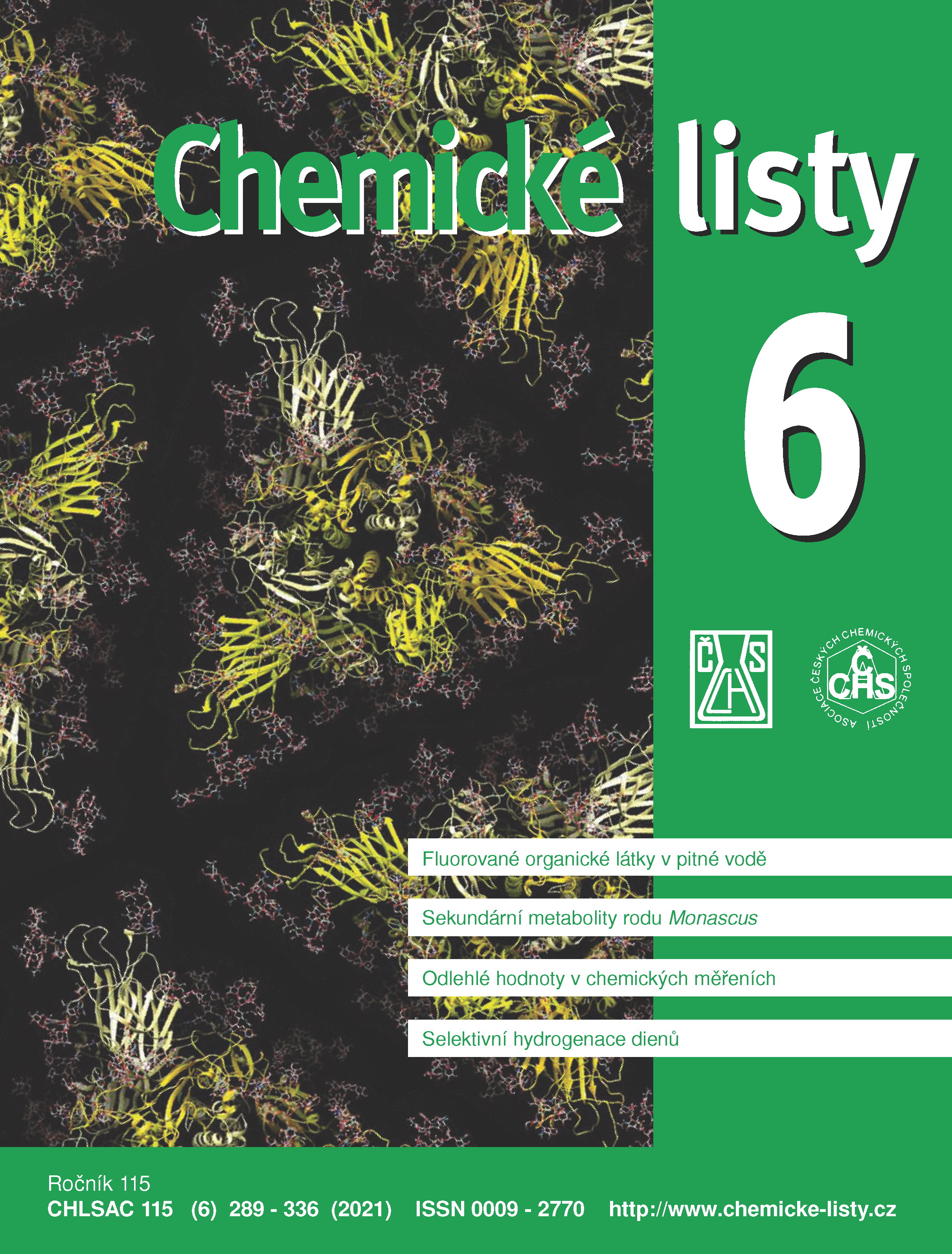Analýza archeologické keramiky metodami skenovací elektronové mikroskopie a Ramanovy spektroskopie
Klíčová slova:
archeologická keramika, skenovací elektronová mikroskopie, energiově disperzní spektroskopie, Ramanova spektroskopie, barviva a pigmenty, engobaAbstrakt
The combination of Raman spectroscopy (RS) and scanning electron microscopy (SEM) shows a good potential for non-destructive analysis of painted archaeological ceramics. SEM images reveal the topography and microstructure of both the ceramic clay and the engobes, and associated microanalyses based on energy-dispersive X‑ray spectroscopy (EDS) allow to determine elemental composition of selected surface areas. The elemental composition coupled with obtained Raman spectra can provide meaningful suggestions of chemical substances contained in the sample. This was verified by analyzing a ceramic shard from the La Tène oppidum Třísov in South Bohemia. It was found that its red-brown engobe consists predominantly of hematite and contains also anatase and burnt organic residues. The presence of hematite is consistent with the fact that hematite dyes are typical of painted ceramics from this period and region.





